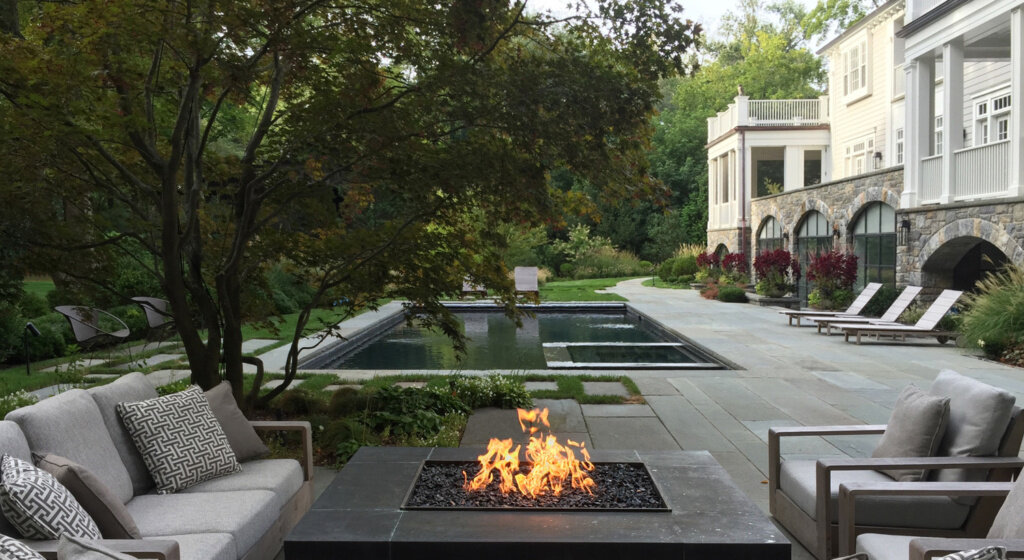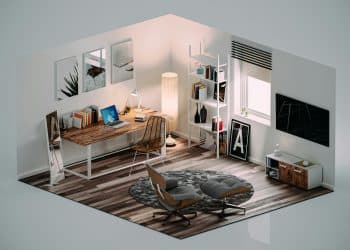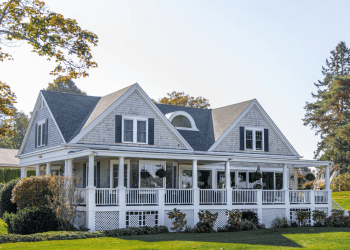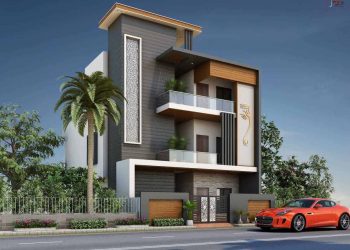Before you start contacting Cincinnati landscaping companies, it is important to have an idea about what you want your landscape to look like. When you are working on your landscape design, there are several factors that you want to consider so that you can create a space that meets your exact specifications. Here you will learn about these factors so that you can implement during the design process.
Get Familiar with Your Yard
It is important to understand the topography of your yard, the regional climate and the type of soil that you have. Check out the USDA Plant Hardiness Zone Map to get more details about these factors. This will help you to choose the right types of plants that will thrive in your yard.
Another consideration is the microclimate of your specific space. Look at your yard and determine which of the following you have:
- Partial shade
- Deep shade
- Full sun
- Shade
Look at your yard and determine how the water drains. Ensuring that water moves away from your home and to different areas of the outdoor space is important so that you do not flood what you plant.
Who Uses Your Yard?
Will your yard only be used by adults or will kids frequent your yard? If it is only adults, you mainly need to worry about some defined walkways to get from place to the other. However, if there will be kids, you will want to ensure that they cannot get to delicate plants to prevent damaging them.
Another consideration is pets since they can dig up plants and certain plants can make pets sick. For example, if you plant peace lilies, you will have to keep your cats and dogs away since ingesting parts of these plants can make them moderately ill.
Consider A Theme
You can unify your landscape more easily when you choose a theme for it. For example, if you want some Asian flair in your space, you can consider an Oriental garden. On the other hand, if you want a place that is relaxing, you can think about designing a tranquil water garden.
Remember that your outdoor is basically an extension of your home, so when you are designing your space, you might consider ensuring that it matches up with your indoor space. This will ensure a good flow between both spaces.
You can also check out different themes online and see if any of them speak to you. This allows you to get some ideas that you might not think about otherwise.
Create Different Spaces And Link Them Together
Look at your outdoor space and think of it like the inside of your home where there are different rooms. You can create different spaces in your yard that act like different rooms and then work to link them with things like walkways. Just make sure that you have some flow so that everything makes sense and people can move from one space to the other with ease. You can create openings and use lighting to ensure that people can see the walkways no matter the time of day.
Put Your Plants To Work
How will your plants function in terms of the landscape? Plants that are functional give you more than just a nice aesthetic. For example, if you incorporate vegetables and fruits, your landscape can look great and provide you with food, as well as lovely aromas.
You can also use plants to create physical barriers instead of things like fencing. This allows you to create private spaces while enhancing how much greenery you have in your space. For example, use tall plants to create a small area with a bench where you can relax and read so that you have a quiet space.
Highlight Important Areas
If you have a specific part of your landscape that you want to highlight, consider using unique, larger or brighter plants in this area. This helps to bring attention to this area. In a specific area, you can also use various contrasting textures, colors, shapes and sizes to bring more attention to that one area.
Structure What You Plant
When you are choosing your plants, think about the different visual planes. Start with trees, archways and other elements of the overhead plane. The next step is to look at the vertical plane. Develop a plan about the spacing between the plants and things like staggering and layering. For example, will you put smaller plants ahead of the larger plants.
The ground plane is the last one to consider. This is where you look at things like hardscapes and groundcovers. Very small plants can also be part of this plane. When you break it down into different planes, it can make it easier to figure out which plants you want. This is because you can compare them and see which ones look the best together.
Consider The Future
Ideally, you want to use plants that have some longevity so that you do not have to fully redesign your landscape every year. This is where you also need to think about your climate, especially if you want some greenery during the fall and winter months. Look for plants that last for more than a single season. For example, evergreen trees will give you some color no matter how cold it is outside.
Be Mindful Of The Details
It is often the small details that make a difference in your landscape. Take a look at what your neighbors are doing and pick a plant or two that they are not using so that your landscape stands out. You also want to think about non-green details, such as using unique lights to bring attention to your landscape.
Now that you have more information about what it takes to plan for a landscape design, it will be easier to create a space that you will want to show off to your neighbors. To bring your ideas to life, look for Cincinnati landscaping companies that have experience with what you are looking for, as well as a good reputation. This will help to ensure that you get the outdoor space that you want.








